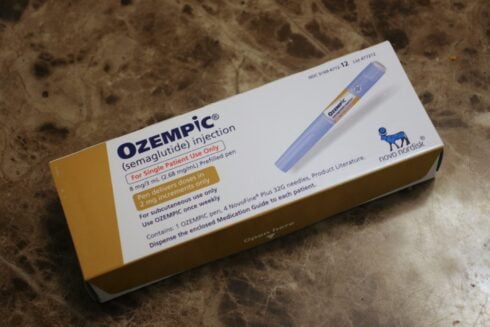SPAIN has so far confirmed 59 cases of monkeypox with dozens of other suspected cases under investigation.
The rise of eight cases on the day before comes as Spain outlined plans to tackle the spread of the outbreak of the viral disease which is rare outside of west Africa.
So far, 171 suspected cases of monkeypox have been reported in Spain with 51 of them in the Madrid region with four other cases in the Canary Islands.
The source of the outbreak has been traced primarily to a sauna in the capital while the cases in the Canary Islands stem from a gay pride festival on Gran Canaria.
Spain’s health ministry said it would stock up on supplies of smallpox vaccines and antiviral drugs as a way of slowing its spread.
Carolina Darias announced the plans as part of a joint EU procurement deal as the disease spreads across Europe with Spain purchasing doses of the Imvanex vaccine.
“We are going to distribute the vaccine proportionally among the (17 Spanish regions),” Darias told press in Madrid on Wednesday.
The newly acquired vaccines will be given to those people infected with monkeypox and their close contacts, and not the general population.
As yet there is no specific treatment for monkeypox, or la viruela del mono as it is known in Spanish, but vaccination against smallpox has been found to be about 85 percent effective in preventing monkeybox too.
In neighbouring Portugal, health authorities have confirmed 49 cases of monkeybox while in the UK, cases have risen to 71. Across EU member states 118 cases have been confirmed.

On Wednesday, Spain’s Interterritorial Health Council, which brings together health chiefs from all 17 regions of Spain were told that all the cases detected in Spain were of the milder West African variant of monkeypox and not the more virulent and more dangerous Central African variant.
According to the WHO, this monkeypox variant has a fatality ratio of between 3 to 6 percent.
What should you do if you think you have monkeypox?
Spain’s Health authorities have issued an early detention and health protocol for the outbreak which includes guidelines on what to do.
Those infected with the virus should self-isolate from other members of the household by avoiding physical contact with others at least until the lesions have disappeared,
Spain’s guidelines also advise the use of a facemask. Unlike Covid regulations in the height of the pandemic, those who are considered ‘close contacts’ to a case of monkeypox do not have to self-isolate but should wear a facemask in public and reduce social interaction.
Infected people are also told to “avoid contact with wild or domestic animals”, and therefore “pets must be excluded from the patient’s environment”.
How does it spread?
Although the recent outbreak has affected men mostly involved in sexual relations with other men, it is not defined as a ‘sexually transmitted virus’ and is in no way limited to gay men.
“It’s more that here the close contact during sexual or intimate activity, including prolonged skin-to-skin contact, may be the key factor during transmission,” explained Dr Michael Head, a senior research fellow in global health at the University of Southampton.
What are the symptoms?
Initial symptoms include fever, headaches, swellings, back pain and aching muscles.
Once the fever breaks a rash can develop, often beginning on the face, then spreading to other parts of the body, most commonly the palms of the hands and soles of the feet.

The rash, which can be extremely itchy or painful, changes and goes through different stages before finally forming a scab, which later falls off. The lesions can cause scarring.
The infection usually clears up on its own and lasts between 14 and 21 days and rarely proves fatal.
READ ALSO:
- EXPLAINER: What we know about the monkeypox outbreak in Spain
- Spain’s monkeypox cases linked to outbreak in gay sauna
Click here to read more Must Read News from The Olive Press.








